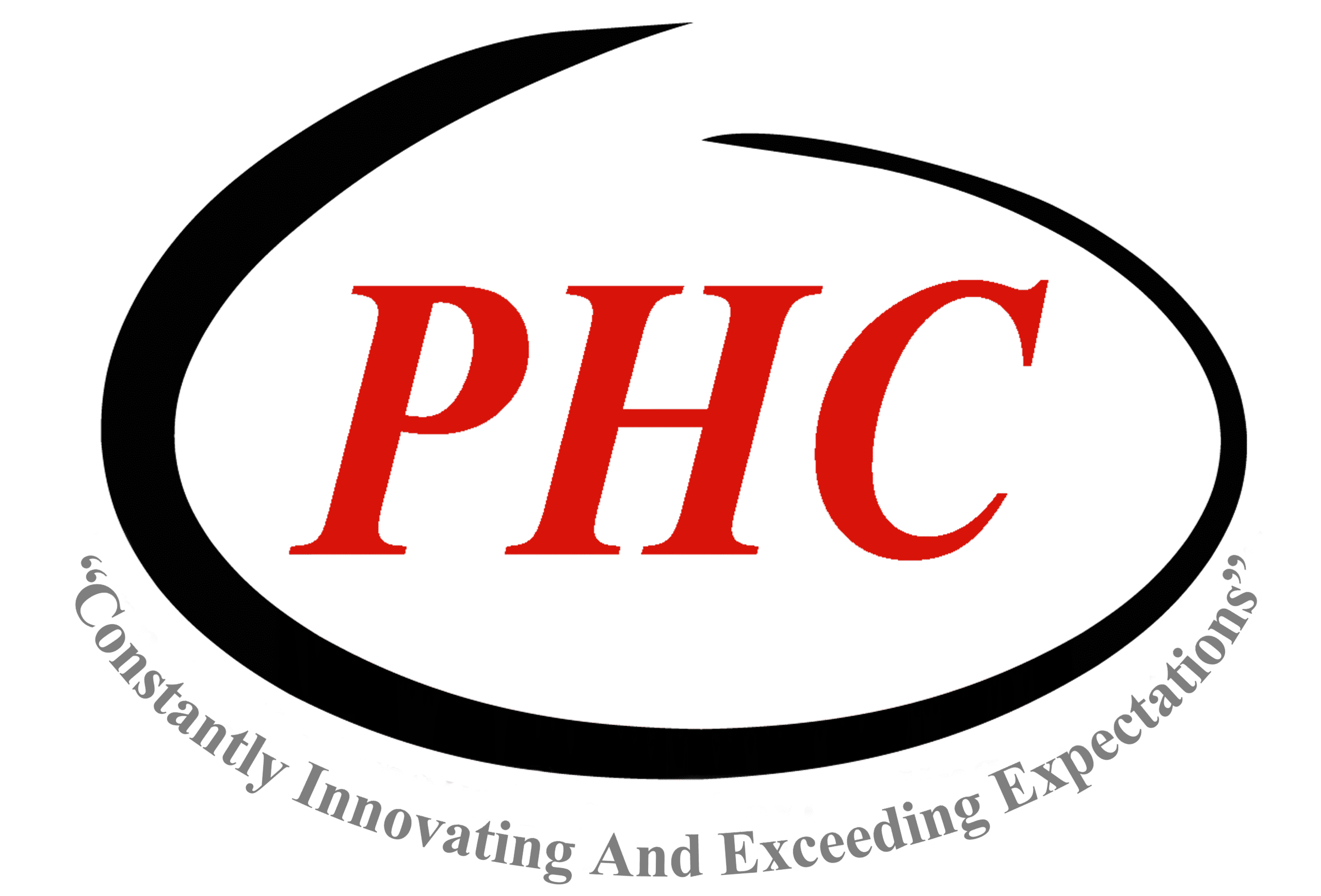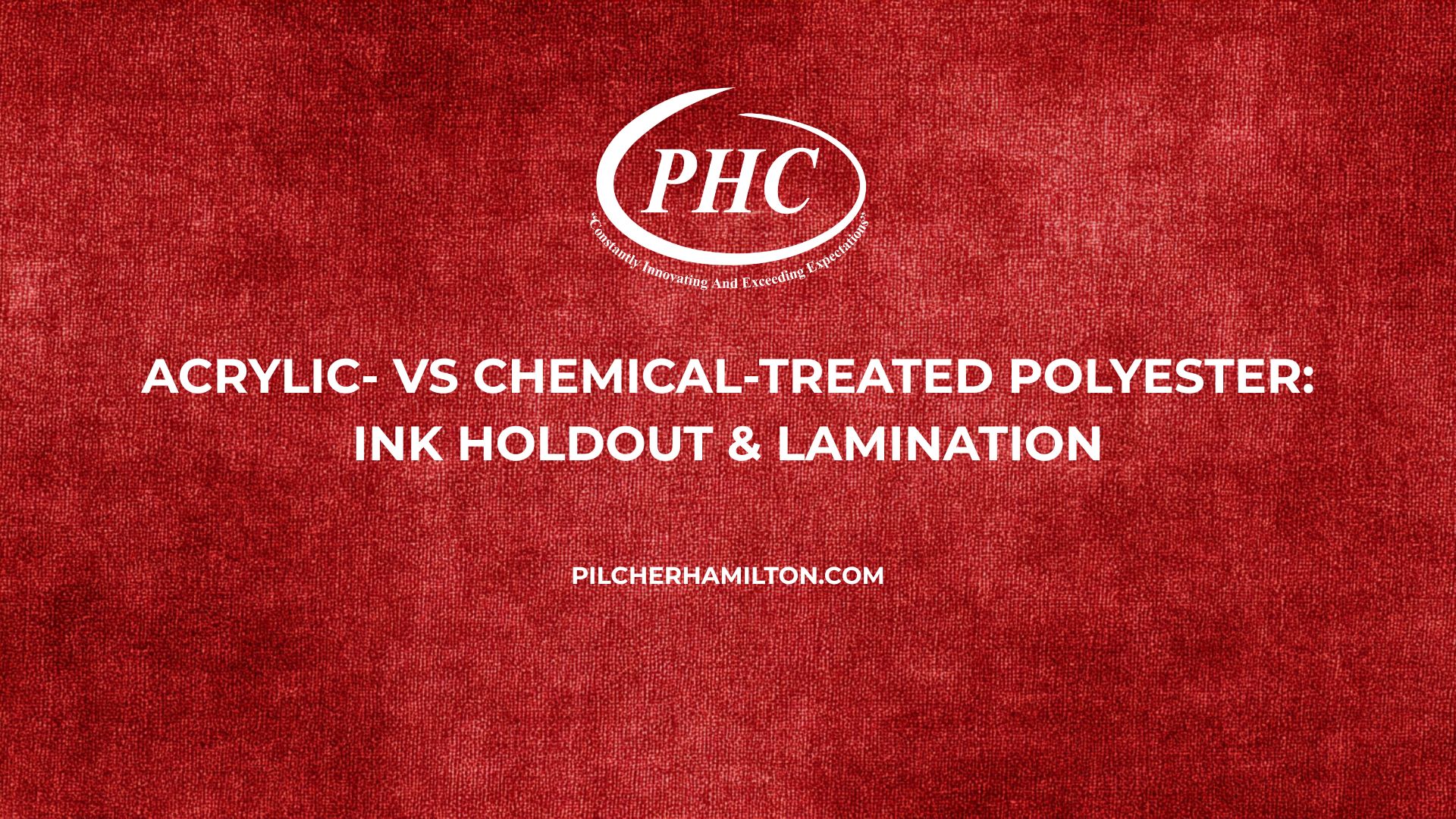Press operators and laminators searching “polyester near me” must often decide between acrylic‑treated and chemical‑treated surfaces. While corona treatment raises surface energy temporarily, acrylic and chemical coatings provide longer‑term dyne retention and improved bond strength for inks and adhesives. Understanding the differences in dyne stability, ink compatibility and lamination performance helps ensure print quality and package integrity.
Key Takeaways
- Dyne retention – Acrylic coatings maintain high surface energy (>50 dynes) for months; chemical treatments offer similar performance with thinner coat weights.
- Ink compatibility – Acrylic‑treated PET accepts most solvent and UV inks, while chemical‑treated PET is favored for water‑based inks and demanding lamination bonds.
- Bond strength – Chemical treatments promote strong adhesive bonds in lamination, making them ideal for demanding composite structures.
- Cost considerations – Acrylic coatings add cost and slightly increase haze; chemical treatments are cost‑effective but may require careful handling.
- Coronal backup – Corona treatment can refresh surface energy prior to printing or lamination on both coated and uncoated films.
Why Treat PET Surfaces?
Untreated PET has a low surface energy (~38 dynes) and does not readily accept inks or adhesives. Treatment modifies the surface to increase polarity and promote bonding. Corona treatment uses high voltage to oxidize the surface but decays over time. Acrylic and chemical coatings provide more permanent treatment, enabling storage and long‑distance shipping without dyne decay.
Acrylic‑Treated: Traits & Uses
Acrylic coatings are water‑based dispersions applied to PET during extrusion or as a post‑treatment. They raise surface energy to 50–56 dynes and maintain it for months. Acrylic‑treated films provide excellent ink receptivity for solvent, UV and latex inks. The coating also improves slip and scratch resistance. Drawbacks include a slight increase in haze and a minor reduction in clarity. Acrylic coatings are often used for labels, overlaminates and pouch films.
Chemical‑Treated: Traits & Uses
Chemical treatment (often called “primer coating”) uses a very thin polymer coating or a molecular graft to functionalize the PET surface. It raises surface energy to similar levels as acrylic coatings but with minimal impact on haze or clarity. Chemical‑treated PET promotes strong adhesive bonds in lamination and is compatible with water‑based inks and adhesives. It is commonly used for high‑performance laminations, retort packaging and applications where low haze is critical.
Dyne & Ink Systems
Surface energy should be matched to ink chemistry. Solvent and UV inks require 48–52 dynes; water‑based inks may need >52 dynes. Acrylic‑treated films readily meet these levels. Chemical‑treated surfaces provide stable dyne levels but may require corona boosting immediately before printing. Corona boosting also ensures consistency across roll width.
Lamination Bonds
Chemical‑treated PET typically yields stronger bonds with adhesives due to functional groups that react with urethane or acrylic adhesives. Acrylic‑treated PET laminations may exhibit lower bond strength but sufficient for most applications. For demanding structures (e.g., retort pouches), chemical‑treated PET is preferred.
| Attribute | Acrylic‑Treated PET | Chemical‑Treated PET | Corona‑Treated PET |
| Dyne retention | High (>50 dynes) | High (>50 dynes) | Moderate; decays over weeks |
| Ink compatibility | Solvent, UV, latex | Water‑based, solvent | Depends on decay |
| Haze impact | Slight increase | Minimal | None |
| Lamination bond | Good | Excellent | Fair |
| Cost | Higher | Moderate | Low |
FAQ
Why choose acrylic treatment? Choose acrylic‑treated PET when long‑term dyne retention, excellent ink adhesion and surface slip resistance are required, such as in labels or overlaminates.
When is chemical treatment preferred? Chemical‑treated PET is ideal for high‑performance laminations and water‑based ink systems, providing strong adhesive bonds and minimal haze.
Can corona treatment be used on treated films? Yes. Corona treatment can refresh or boost surface energy on acrylic‑ or chemical‑treated films immediately before printing or lamination.
Does treatment affect recyclability? Surface treatments are thin and do not significantly impact recyclability; PET films remain suitable for recycling streams.
Where can I find polyester near me with treated surfaces? PHC stocks acrylic‑, chemical‑ and corona‑treated PET films and can advise on the best option for your application.
Call to Action
Selecting the right treated surface ensures print quality and lamination performance. Pilcher Hamilton Corporation offers acrylic‑, chemical‑ and corona‑treated polyester films tailored to diverse applications. Explore our acrylic‑coated, chemical‑treated and corona‑treated pages, or review our film specs for more detail. Let your search for polyester near me lead to the perfect treatment for your next project.
Serving the USA from Greer – South carolina
850 South Buncombe Road
Greer – South carolina
Get personalized advice via our contact page or view our locations.

